
When it comes to efficiently using a pump to pump water for your home or garden, understanding the various methods and technologies available is crucial. Proper water management plays an essential role in sustaining a healthy environment, and a well-functioning pump system can significantly enhance your water supply efficiency. Whether you're looking to irrigate your garden, fill a pool, or manage stormwater, selecting the right pump and utilizing it effectively is key to achieving optimal results.
In this article, we will explore the top strategies for using a pump to pump water effectively and economically. From selecting the appropriate pump type to understanding the nuances of installation and maintenance, our focus will be on ensuring that you can achieve the best possible outcomes for your watering needs. We will also delve into innovative practices that minimize energy consumption while maximizing water delivery, making it easier for homeowners and gardeners alike to implement sustainable water solutions.
By harnessing the power of a pump to pump water in an efficient manner, you can not only improve your water management practices but also contribute positively to the environment. With the right knowledge and tools, you'll be well-equipped to transform your watering habits and ensure that your home and garden thrive throughout the changing seasons.
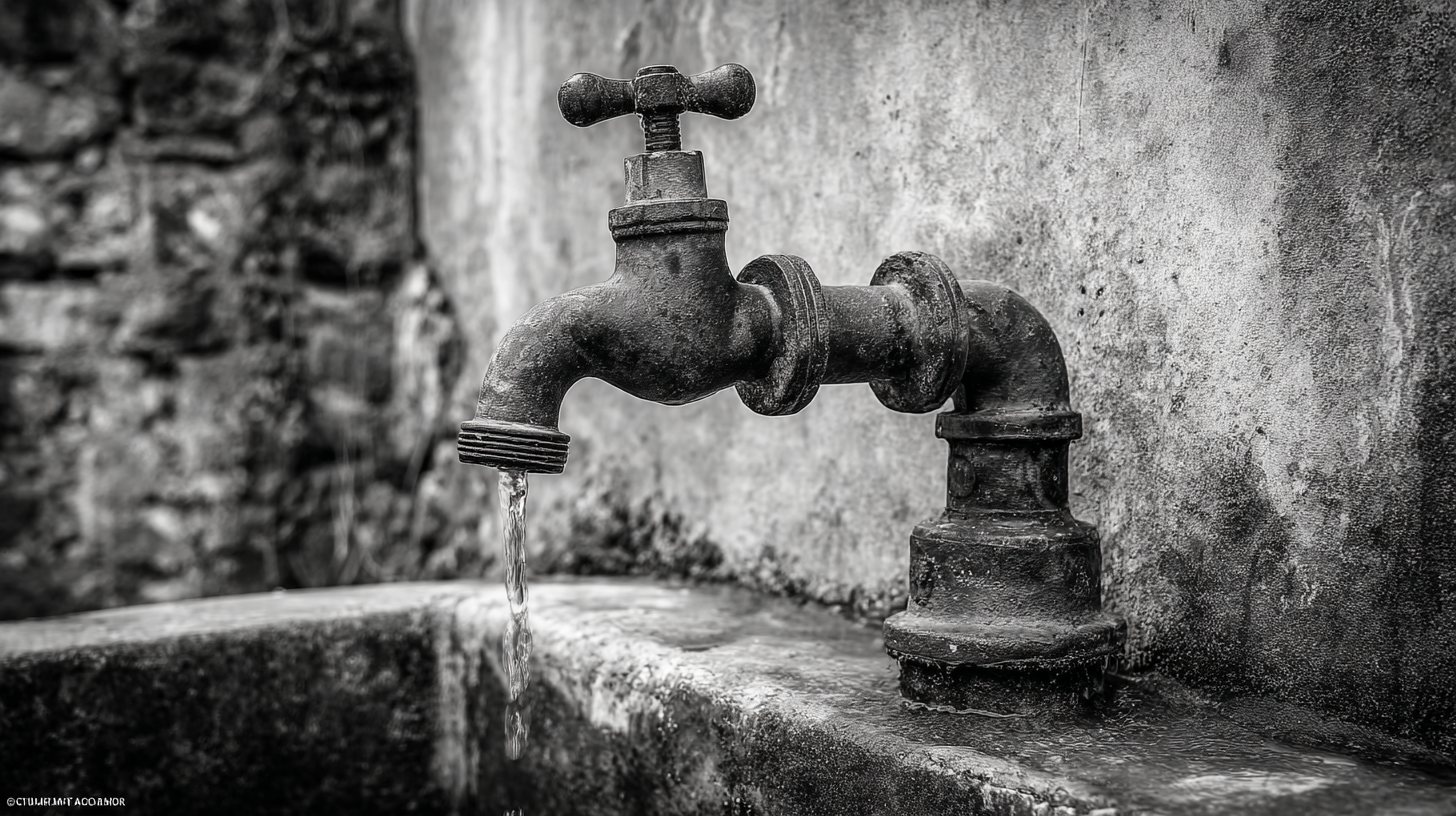
When it comes to choosing the right pump for your water needs, it's essential to consider several factors, including the type of application, flow rate, and total dynamic head. According to the American Society of Agricultural and Biological Engineers, selecting a pump that matches your requirements can increase efficiency by up to 30%, saving both energy costs and maintenance efforts over time.
**Tips**: Always calculate the required flow rate based on the size of your garden or home water system. For instance, a drip irrigation system typically requires less flow (0.5 to 1.5 gallons per minute) compared to a sprinkler system, which may need 1 to 10 gallons per minute depending on coverage area.
Additionally, it's crucial to consider the pump's power source. Submersible pumps often offer higher efficiencies for deeper wells, whereas surface pumps are more suitable for shallow water systems. According to the U.S. Department of Energy, using appropriately sized pumps can lead to a reduction of energy consumption by nearly 15%.
**Tips**: Look for energy-efficient models and check for certifications such as ENERGY STAR to ensure you're investing in a pump that combines efficiency with performance.
When selecting a water pump for your home or garden, understanding the different types available is essential for efficiency and effectiveness. Centrifugal pumps are among the most common options, using a rotating impeller to increase the speed and flow of water. They are well-suited for continuous water movement, making them ideal for irrigation systems or garden fountains. These pumps perform best with low-viscosity fluids and are often used in applications that require high flow rates.
Submersible pumps are another popular choice, designed to operate underwater. These pumps are typically used in wells and reservoirs, where they efficiently draw water to the surface. Their sealed design helps to prevent any electrical hazards, making them safe for use in various environments. Additionally, there are diaphragm pumps, which are ideal for transferring liquids that may contain solids or sediments. These pumps offer versatility and can handle applications ranging from draining flooded areas to maintaining aquariums. By understanding these types of pumps, homeowners can make informed decisions tailored to their specific water needs.
When setting up a pump system for watering your home or garden, optimal placement is key to maximizing efficiency. Positioning your pump near the water source, such as a well or rain barrel, minimizes the distance water needs to travel. This reduces energy consumption and prevents loss of pressure. Ensure that the pump is located on stable ground, away from potential flooding or excessive debris, which can hinder performance.
**Tips:** Consider installing the pump in a shaded area to prevent overheating, which can lead to malfunctions. Additionally, use high-quality hoses and connectors to reduce friction loss, further enhancing the efficiency of water delivery.
Another strategic factor is the height of the pump in relation to the area being watered. If you're using gravity-fed systems, placing the pump below the garden level ensures better water flow. Ensure that the pump's capacity matches your garden's size by calculating the required flow rate—this prevents inefficiency and reduces wear on the pump.
**Tips:** Regularly check and maintain the pump to avoid clogs and other issues that can arise from stagnant water and debris buildup. This simple maintenance can significantly prolong the life of your pump and improve overall efficiency.
| Pump Type | Optimal Location | Water Flow Rate (GPH) | Efficiency Rating | Recommended Use |
|---|---|---|---|---|
| Submersible Pump | Underwater in well or tank | 2000 GPH | 85% | Water supply, drainage |
| Surface Pump | Near water source above ground | 1500 GPH | 75% | Irrigation, lawn care |
| Sump Pump | In a sump pit in the basement | 3000 GPH | 90% | Flood prevention, water removal |
| Deep Well Pump | Deep underground water source | 1000 GPH | 80% | Residential water supply |
To ensure the longevity and optimal performance of your water pump, regular maintenance is crucial. According to a report by the American Water Works Association, proper maintenance can extend the lifespan of pumps by up to 50%. This involves routine inspections and timely replacements of wear parts, such as seals and gaskets. Keeping the pump clean and free from debris not only enhances efficiency but also prevents unnecessary wear and tear.
Additionally, monitoring the pump’s operating conditions is vital. An analysis from the Hydraulic Institute emphasizes that maintaining the ideal operating temperature and pressure can significantly reduce the risk of mechanical failures. For homeowners and gardeners, it's advisable to check the pump's alignment and lubrication systems regularly. By ensuring that the pump operates within its design parameters, you can prevent costly repairs and ensure that your water supply remains consistent and efficient.
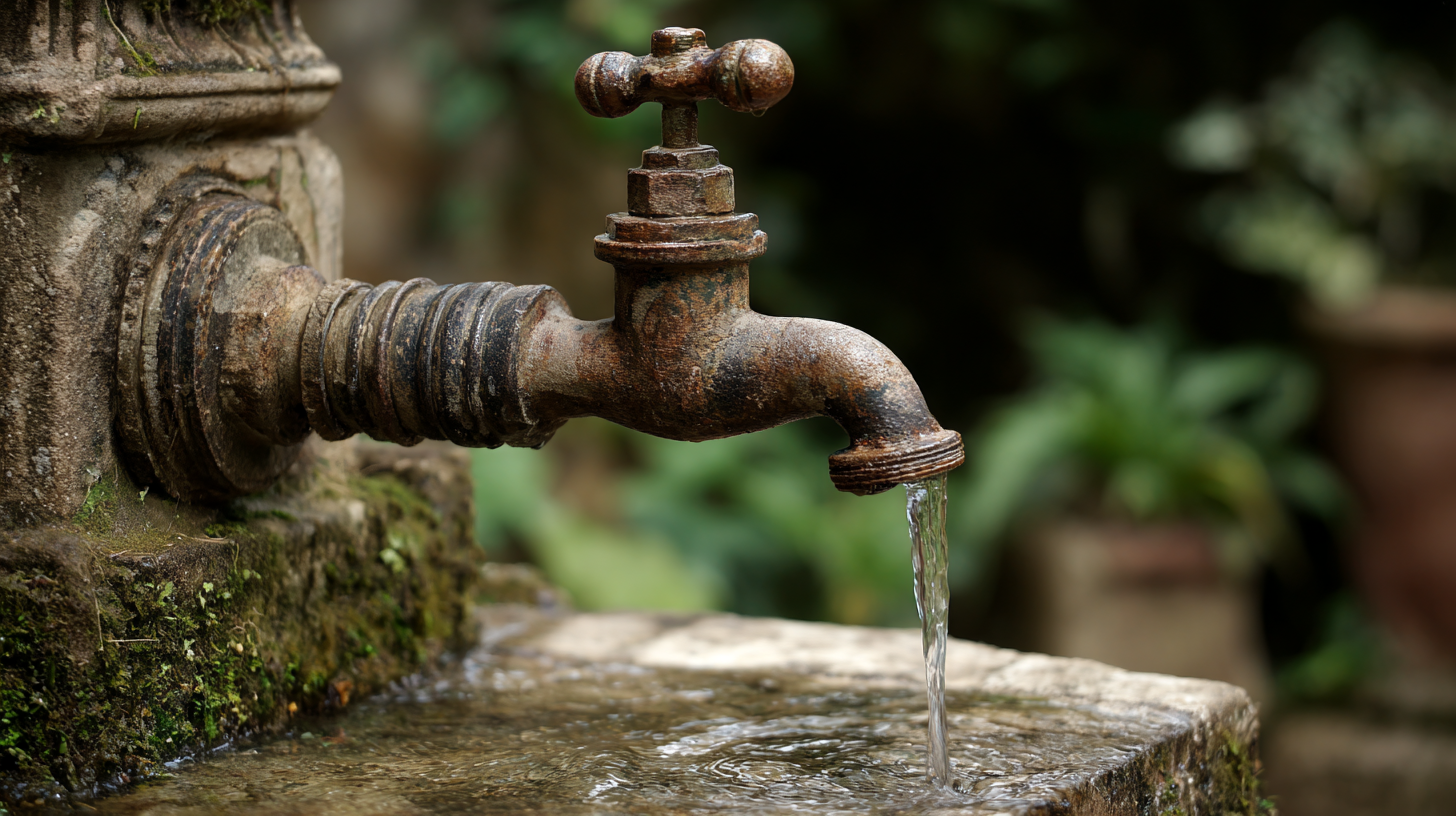
In today's world, the integration of technology into water pumping systems can significantly enhance efficiency and convenience for homeowners and gardeners alike. By leveraging smart technology, individuals can automate their water pumping processes, reducing manual labor and ensuring that plants receive the precise amount of water they need. Automated systems can be programmed to operate at specific times or in response to environmental conditions, such as soil moisture levels, which helps conserve water and promotes healthier plant growth.
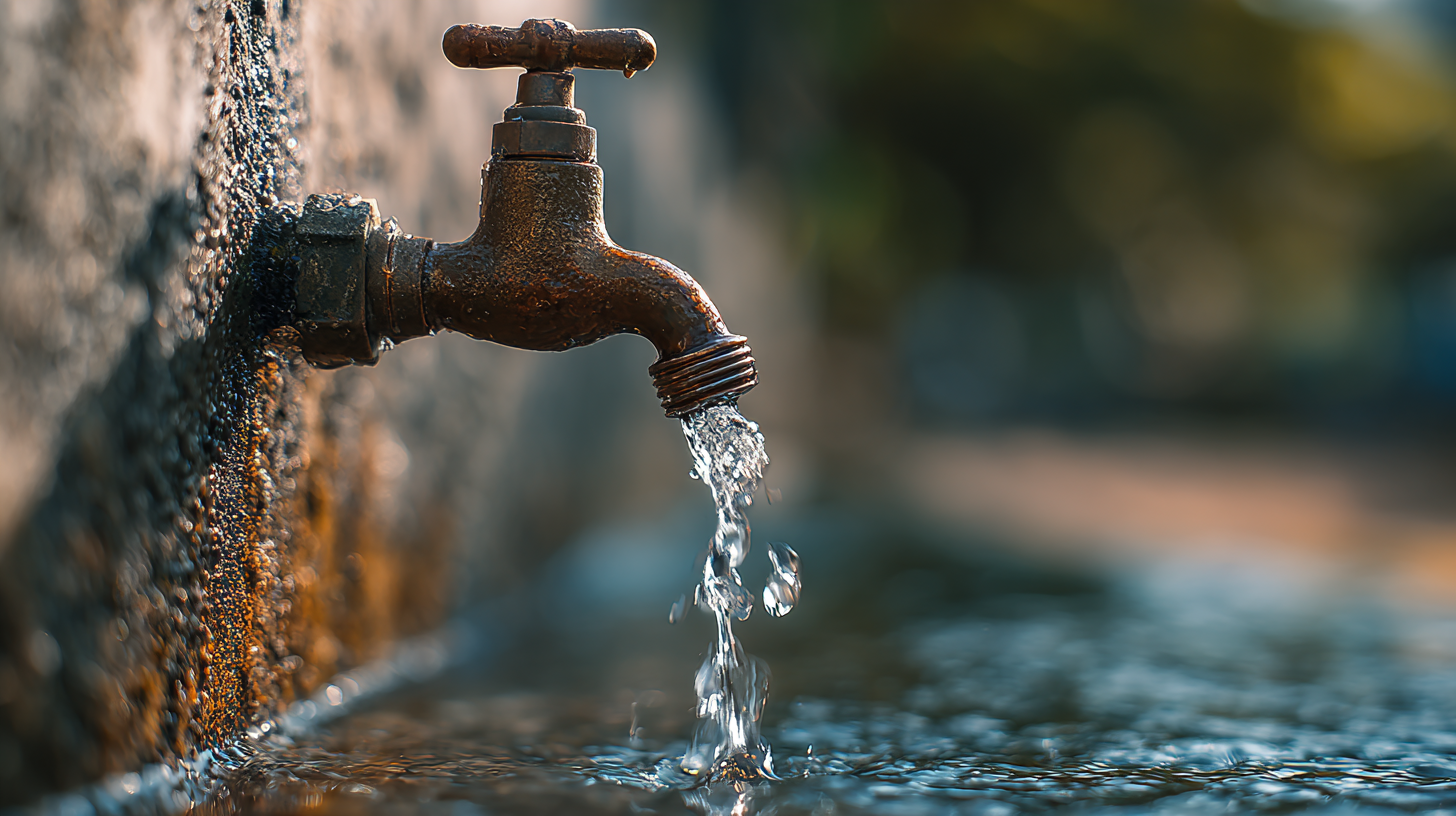
Furthermore, modern water pumps equipped with remote monitoring capabilities allow users to keep track of their systems via smartphones or computers. This real-time oversight enables homeowners to adjust settings, troubleshoot issues, or even receive alerts if any problems arise. Such innovations not only streamline water management but also empower users to make informed decisions, fostering a more sustainable approach to gardening and home maintenance. By embracing these technological advancements, users can transform their approach to water usage, achieving greater efficiency and environmental responsibility.
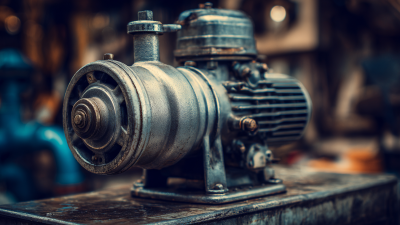
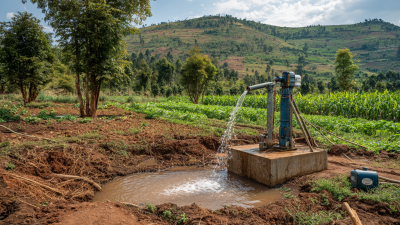


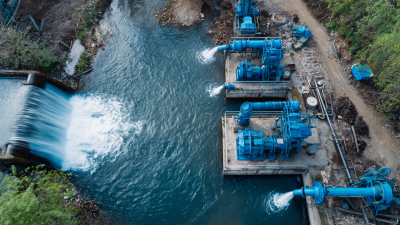
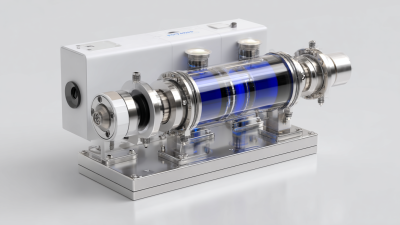
We are here to help you with all your queries and concerns, just write to us using the below form and we will get back to you as soon as we can.